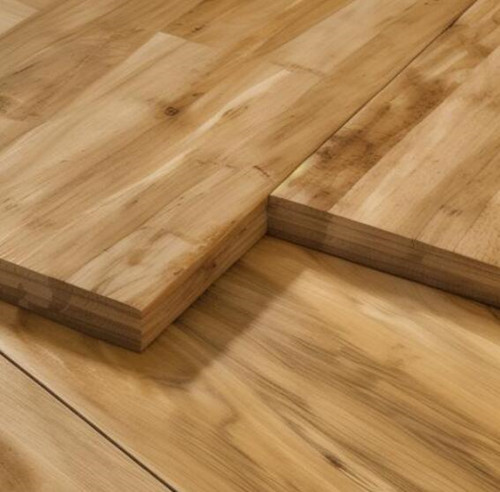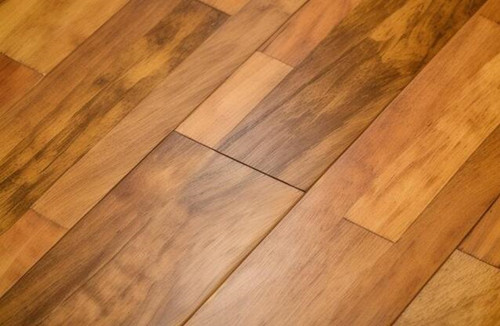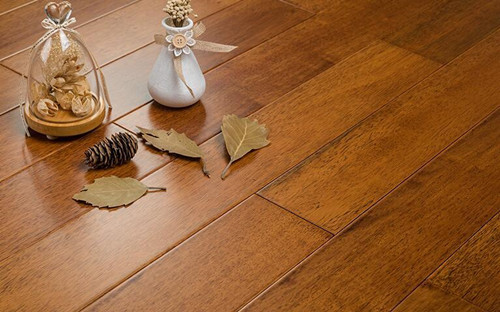Wood flooring is a common type of flooring material in home decor, known for its natural beauty and comfortable texture. However, wood flooring is prone to mold growth in humid environments. Here’s how to deal with moldy wood flooring.
1. Remove Surface Mold Stains
When mold stains are found on the wood flooring, the first step is to promptly clean the surface mold. You can use a dedicated wood floor cleaner, dissolving it in water according to the product's instructions. Then, use a damp cloth dipped in the cleaning solution to gently wipe the surface mold stains. Be careful not to use too much water to avoid making the wood flooring excessively damp, which could worsen the mold issue.

2. Use a Melamine Product to Eliminate Mold
If the cleaning solution does not remove the mold stains, consider using a melamine product to eliminate the mold. Melamine is a natural, non-toxic antibacterial agent with strong antibacterial and antifungal properties, effectively removing mold from the surface of the wood flooring. The usage is simple: dissolve the melamine in water and gently wipe the surface of the wood flooring with a cloth dipped in the solution. Using melamine not only eliminates the mold stains but also helps prevent the re-growth of mold, providing long-lasting protection.

3. Keep the Wood Flooring Dry
In addition to removing the mold stains, it is crucial to keep the wood flooring dry. Humidity is a breeding ground for mold; if the wood flooring remains damp for an extended period, it will likely develop mold. Therefore, ensure good ventilation and air circulation in the room. After mopping or wiping the wood flooring, promptly dry it to prevent residual moisture from causing mold growth.
4. Regular Wax Maintenance
Regular waxing is one of the essential maintenance measures for wood flooring. Waxing can make the wood flooring smoother, increase its wear resistance, and form a protective layer that makes it less susceptible to moisture and mold. During the waxing process, you can add some antibacterial components to the wax, which will enhance the antibacterial properties of the wood flooring and extend its lifespan.

In daily life, you can also take preventive measures to avoid mold growth on wood flooring. For example, use a dehumidifier during humid seasons or in humid environments to reduce indoor humidity; place suitable indoor plants on the wood flooring to keep the air fresh; and regularly check the condition of the wood flooring. If serious dampness is discovered, address it promptly. These measures can effectively prevent wood flooring from molding and maintain a comfortable indoor environment.

In summary, the treatment of moldy wood flooring is an important task that requires prompt and effective measures. By removing surface mold stains, using melamine to eliminate molds, keeping the wood flooring dry, regularly waxing for maintenance, and taking preventive measures, you can effectively handle moldy wood flooring and prevent it from happening again. We hope the methods discussed in this article are helpful, allowing you to keep your home safe from the issues caused by moldy wood flooring.



